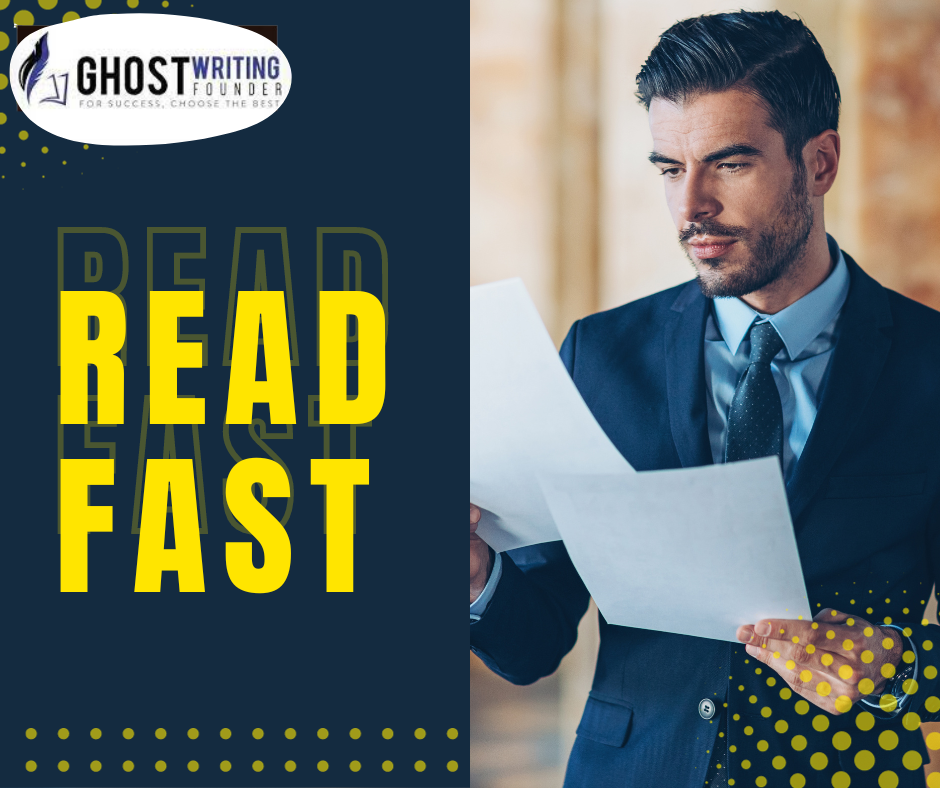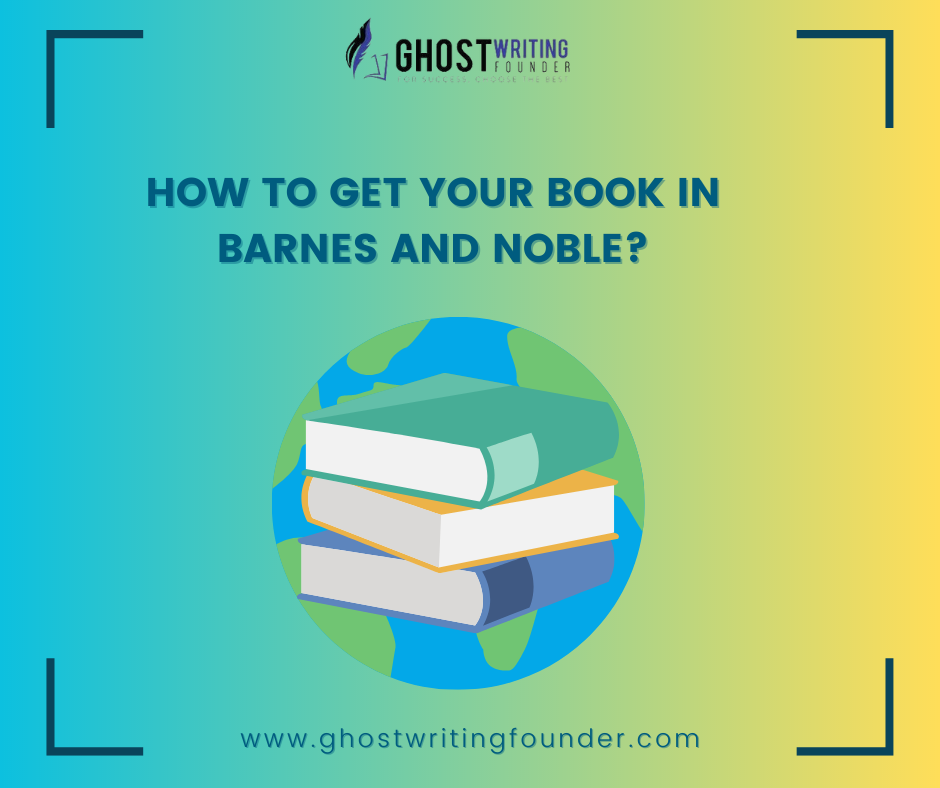
book writing Writing
Reading is a fundamental skill that is crucial in our everyday lives. Whether for work, education, or leisure, reading efficiently and quickly can greatly enhance our productivity and enjoyment.
When you read fast, you’re saving time and amplifying your capacity to ingest more narratives, concepts, and viewpoints.
However, it shouldn’t come at the expense of understanding and comprehension. Balancing speed and comprehension is essential to benefit from reading quickly.
Fortunately, several proven tricks and techniques can help anyone read a book faster without sacrificing comprehension.
Understanding Your Current Reading Speed
Understanding Your Current Reading Speed Before you start increasing your reading speed, consider our content development services for professional guidance. assessing your current pace is vital. Knowing your starting point will help you set realistic goals and track your progress effectively.
- Select a book: Choose one you’ve never read, ensuring it represents your usual reading material.
- Set a timer: Read normally for a set time (e.g., 10 minutes), marking where you stop. Learn more about developing a daily writing habit to complement your reading skills.
- Calculate your speed: Count the words on three complete lines, divide by three to find the average words per line, and multiply by the total lines read. Then, divide by the number of minutes to find your words per minute (wpm).
Setting a Realistic Goal
While aiming for the highest number possible is tempting, realistic goal-setting is crucial. Therefore, the art of reading fast is a combination of speed and comprehension.
- Consider your baseline: Based on your current reading speed, set an initial goal of increasing by a certain percentage (e.g., 20-30%).
- Adjust over time: As you practice and improve, continue to adjust your speed goals.
Improving Your Fundamental Reading Skills
Reading faster requires a strong foundation in basic reading skills. Work on these essentials before moving to advanced techniques.
Expand Your Vocabulary
A robust vocabulary allows quicker information processing… Enhance your skills with our SEO blog writing services. because your brain doesn’t have to pause and interpret unknown words.
- Read widely: Explore various genres and fields to encounter a broader range of vocabulary.
- Consider technology: Vocabulary-building apps or online courses can provide targeted practice.
Use Your Finger or a Pointer:
Use Your Finger Or A Pointer: This will guide your eyes along the lines of text. Additionally, explore tips on how to draw characters for beginners for more focused visual training. Also, it will help you focus and keep your eyes from wandering.
Move the pointer smoothly along the lines of text, slightly ahead of your reading focus. This helps eliminate unnecessary pauses and keeps your eyes focused on the current line of text.
As you train your mind and eyes to read fast, you’ll find that it’s like opening the door to different worlds, all waiting to be discovered and understood in their rich complexity.
Enhance Your Focus
Distractions significantly slow reading speed because they disrupt your flow and comprehension.
- Find a quiet and comfortable environment to focus on your reading without interruptions.
- Turn off or remove any potential distractions, such as your phone or other electronic devices, to maintain your concentration and reading flow.
- Create a reading environment. Designate a quiet, comfortable space for reading.
- Practicing mindfulness techniques like meditation can improve concentration and reduce the impulse to re-read.
Boost Comprehension Skills
Understanding material quickly is key to reading faster. To further enhance comprehension, explore our book editing services.
- Ask questions: Before reading a section, ask yourself questions about the upcoming content to prime your brain to seek and absorb information.
- Summarize regularly: After each chapter or section, pause to summarize the key points.
Advanced Speed Reading Techniques
Once you’ve understood the basics, you’re ready to explore techniques specifically to increase reading speed.
Drawing inspiration from the expertise of a Ghostwriting Founder will work. You will understand more easily with the help of multiple articles written in this genre.
Some of the recommended techniques are:
Chunking
Chunking involves reading several words at once, reducing the number of eye movements, and increasing speed.
Instead of fixating your eyes on each word, try to focus on chunks of words or phrases at a time. This will help you read faster and improve comprehension.
- Use a pointer or guide: Your finger or a pen can help maintain a steady pace and encourage your eyes to move more smoothly over the text.
- Practice peripheral vision expansion: Train your eyes to see and interpret more words in your peripheral vision.
Subvocalization Reduction
Subvocalization Reduction Subvocalization is the habit of silently pronouncing words as you read… For more insights, read about the difference between good writers and bad writers. which slows you down.
- Awareness: First, become aware of your subvocalization habits.
- Pace control: Use a guide to set a faster pace than you can subvocalize, forcing your brain to process information more quickly.
Using Technology to Your Advantage
Various tools and software can assist in practicing and understanding how to read fast:
- Speed reading apps can help train your brain to read faster, using exercises designed around the abovementioned techniques.
- E-readers and reading tools: Some features can help with speed reading, like controlling text size or minimizing distractions on the page.
Increase Your Reading Speed Gradually:
Start by setting a timer for a specific time (e.g., 10 minutes) and challenge yourself to read as much as possible within that time frame. Gradually increase the time as you become more comfortable and confident with your reading speed.
Skimming and Scanning
Skimming involves quickly glancing through the text to get a general idea of the content, while scanning involves searching for specific keywords or information.
These techniques can help you find relevant information faster.
- Skimming: Read the introduction, headings, and conclusion, filling in details as needed.
- Scanning: Quickly search for specific information or keywords, ignoring unrelated content.
Constant Practice and Patience
Mastering the skill to read fast does not just mean racing through pages; rather, it’s about absorbing information efficiently.
Like any skill, becoming proficient at speed reading takes time and practice. Dedicate specific time daily to practice reading with the techniques above, and have patience with your progress.
Maintaining regular reading habits and continuously challenging yourself with more complex material is important.
Persistence and Consistency: Stay committed to your practice, and remember that consistency is key to improvement.
Monitor and Adjust: Keep track of your speed and comprehension, adjusting techniques to continue improving.
Key Characteristics and Profound Details
| Aspect | Techniques/Actions | Purpose/Outcome |
|---|---|---|
| Understanding Reading Speed | 1. Select a book and time your reading. 2. Calculate words per minute (wpm). |
Establishes a baseline for improvement and sets realistic goals. |
| Setting Goals | Set an initial goal to increase reading speed by a certain percentage (e.g., 20-30%). | Provides a target for improvement and motivation to practice. |
| Fundamental Skills | 1. Expand vocabulary. 2. Use a finger or pointer while reading. |
Enhances comprehension and focus, leading to faster information processing. |
| Enhancing Focus | 1. Create a quiet reading environment. 2. Practice mindfulness techniques. |
Reduces distractions, improving concentration and reading flow. |
| Boosting Comprehension | 1. Ask questions before reading. 2. Summarize after reading sections. |
Enhances understanding and retention of material. |
| Advanced Techniques | 1. Chunking. 2. Subvocalization reduction. 3. Using technology. |
Increases reading speed through efficient eye movement and cognitive processing. |
| Practice and Patience | 1. Regular practice. 2. Monitor and adjust techniques. |
Ensures continuous improvement and adaptation of techniques for optimal reading speed and comprehension. |
Conclusion: The Road to Faster Reading
Regarding reading books, speed, and efficiency matter, as we often have limited time to cover vast amounts of material. Whether you incorporate technology, improve your reading posture, or eliminate subvocalization, you’ll discover that reading faster is a skill anyone can develop with time.
So, start implementing these techniques today and reap the rewards of faster, more efficient, and enjoyable reading.









Leave a Reply